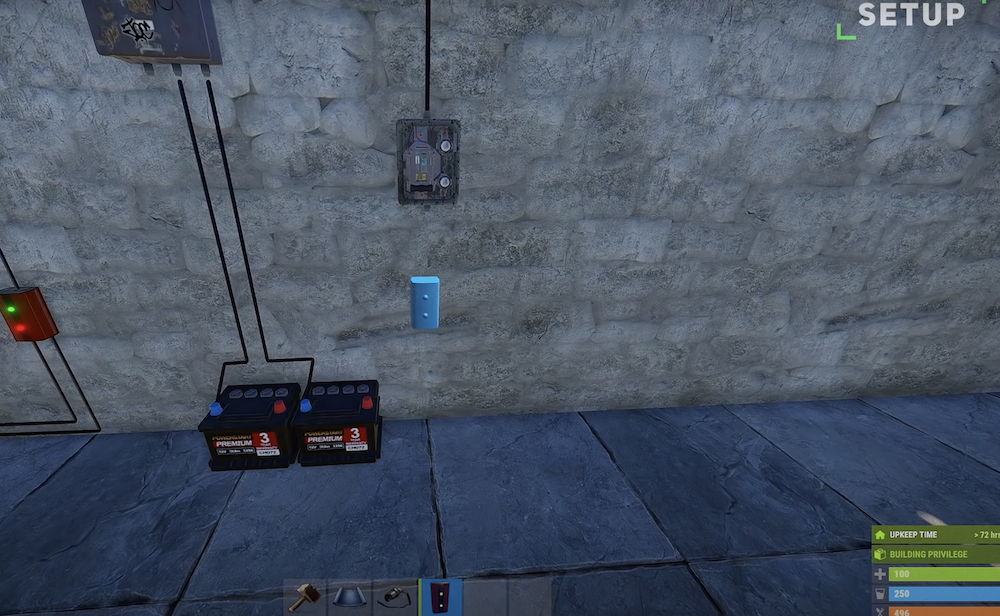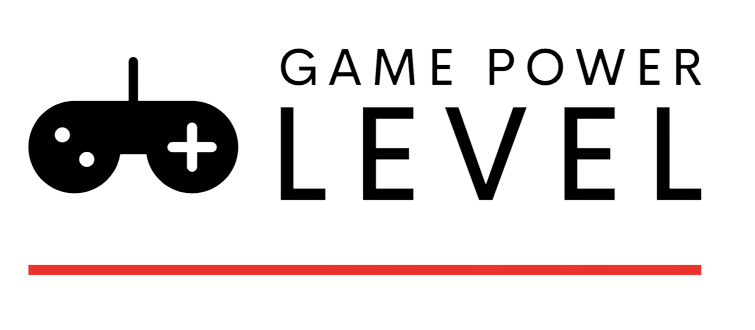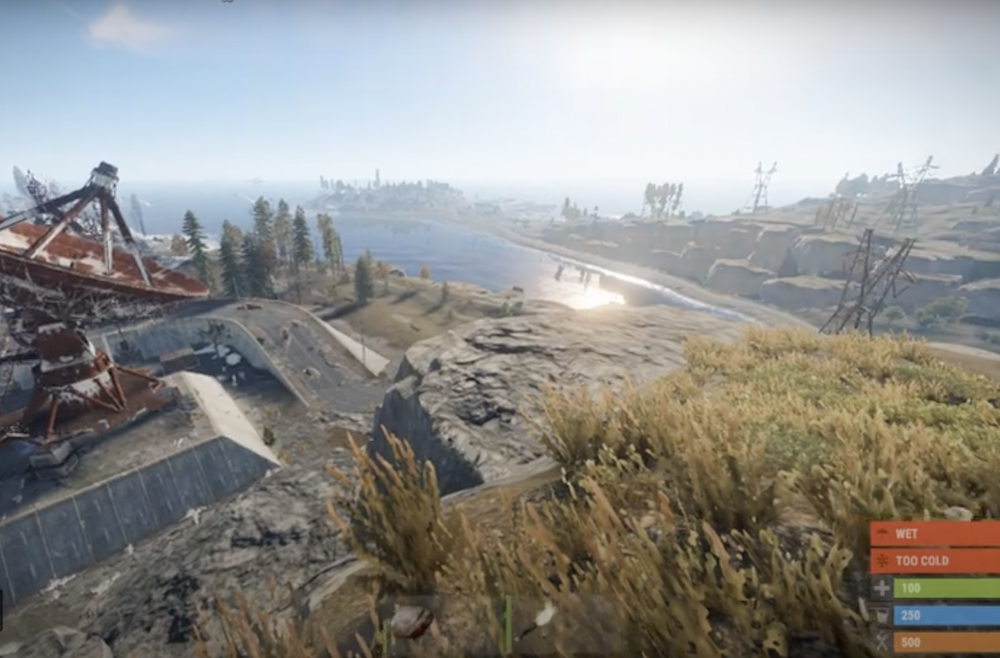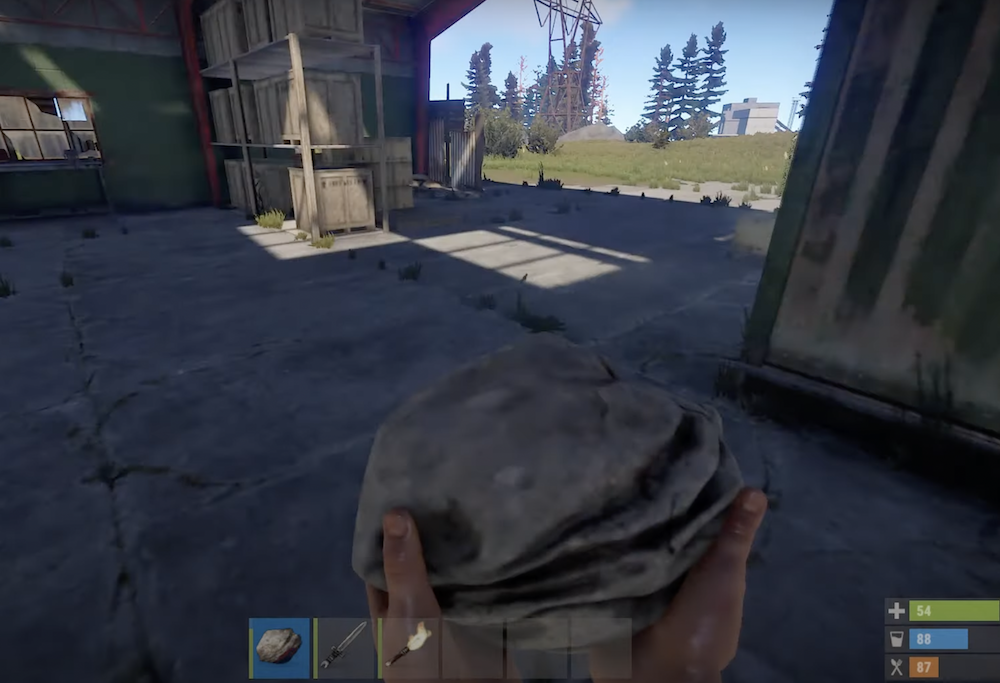Rust Electricity - The Basics

RUST electricity is a resource that you can craft around your base. To plot circuits, you can use a tool called the Rustrician. This tool will save you resources. You can use it to plot your circuits or you can also find it in the site. The more information you have, the better your chances of getting it. The article will explain some of the basics you should know about this resource. Once you've learnt the basics, you can begin crafting circuits around your base!
Electrokinetic effect
The electrokinetic effect of rust generates electricity by flowing salt water over a thin layer of rusted iron. The movement of water and ions attract iron electrons, and this interaction produces an electrical current. The resulting electricity is enough to power a standard US household. This electricity-generating process could be an effective substitute for fossil-fuel-powered electricity. But how does it work? What are the best materials for this purpose?
One square centimeter of thin rust generates a few millivolts and microamps, and the same sheet of iron coated with a thin layer of rust can generate several kilowatts of electricity. It's a fascinating discovery that has potential to be applied to energy production. It might even help harness the energy of objects in the ocean, like the tides. But the electrokinetic effect can be applied to other metals as well, including those covered with an ultrathin oxide film.
Scientists have discovered that rust grows naturally on iron alloys. The kinetic energy of saltwater flowing over rust can generate electricity. This process has been previously discovered in graphene, but rust is a more scalable alternative. Because saltwater is commonly used in batteries, this method could be applied to large-scale power plants, huge redox flow batteries, and even a salt-water powered lamp.
A DARPA grant is being used to develop the technology, and the researchers are looking at 3D surfaces. For this, the scientists involved are scaling the process and examining different rust layers. Using physical vapor deposition, the scientists convert solid materials into vapor and then condense them onto a surface. They then introduce a piece of rust-coated iron into flowing seawater, and it generates several microamps and tens of millivolts per square centimeter.
This technique has the potential to generate enough electricity per hour to power a standard U.S. house. If this technique can be scaled to larger levels, the technology could be used in desalination plants. The rust film could even be used to generate power from water, such as on bridges and buoys. In the future, it could even power medical devices. Ultimately, this method is applicable to any type of ionic solution, whether it is saltwater or fresh water.
Storage monitor
The Storage Monitor for Rust is an electrical entity that you can deploy to link your inventory information to your real-life phone. It is a useful tool that shows you what items you have on hand, allowing you to monitor the upkeep of your storage in real-time. It has two features: an input for power and an output that sends a burst of electricity every time something changes in your box. Using this device is easy and free, but it requires an update to the Rust+ app.
The Storage Monitor is a handy device that is only effective in large storage areas, such as tool cupboards and tool cabinets. A better version of this gadget would be able to connect with DropBox or some other component that transfers items. Then, the Monitor would be able to pulse only when a particular item or amount is found in a storage. Then, it could add infinitely to your electricity system. The Storage Monitor can be found in mid-tier crates and dropped by a wide variety of scientists. A player can research this device directly by investing scrap into the Tier 2 Workbench tech tree.
Increment counter
The Rust Counter is a deployable electrical component used as a numerical display and monitoring system. The introduction of electricity components in the Electric Anniversary Update was brought about by Facepunch. These counters may be deployed on most surfaces, and players may also use the Wiring Tool to connect ports on the counters. They have two modes: increment and decrement. Each of these modes has a different purpose. In this tutorial, we'll discuss how to use the increment function.
Switch
The Switch in Rust Electricity is a deployable electrical entity that allows gated electrical current to pass through it. The Switch operates like a standard home light switch. Facepunch added electricity components on the Electric Anniversary update, which launched on the 7th of December. The Switch on and off functions are very similar to the traditional on/off switches found in homes. The AND Switch is one of the most common electrical entities in the RUST Electricity System. The two inputs are located on the underside of the switch, and the output is located on the top. This type of switch is only functional when both sockets are connected.
Small switches have a spring that stores mechanical energy. These springs are made from beryllium copper alloys. This alloy is hardened and used as a part of the contact and current path. Over time, if an individual is rough on the switch's mechanism, they may anneal. This process damages the contacts and eventually causes them to fail. A good way to extend the life of a switch is to check it regularly for signs of rust.



